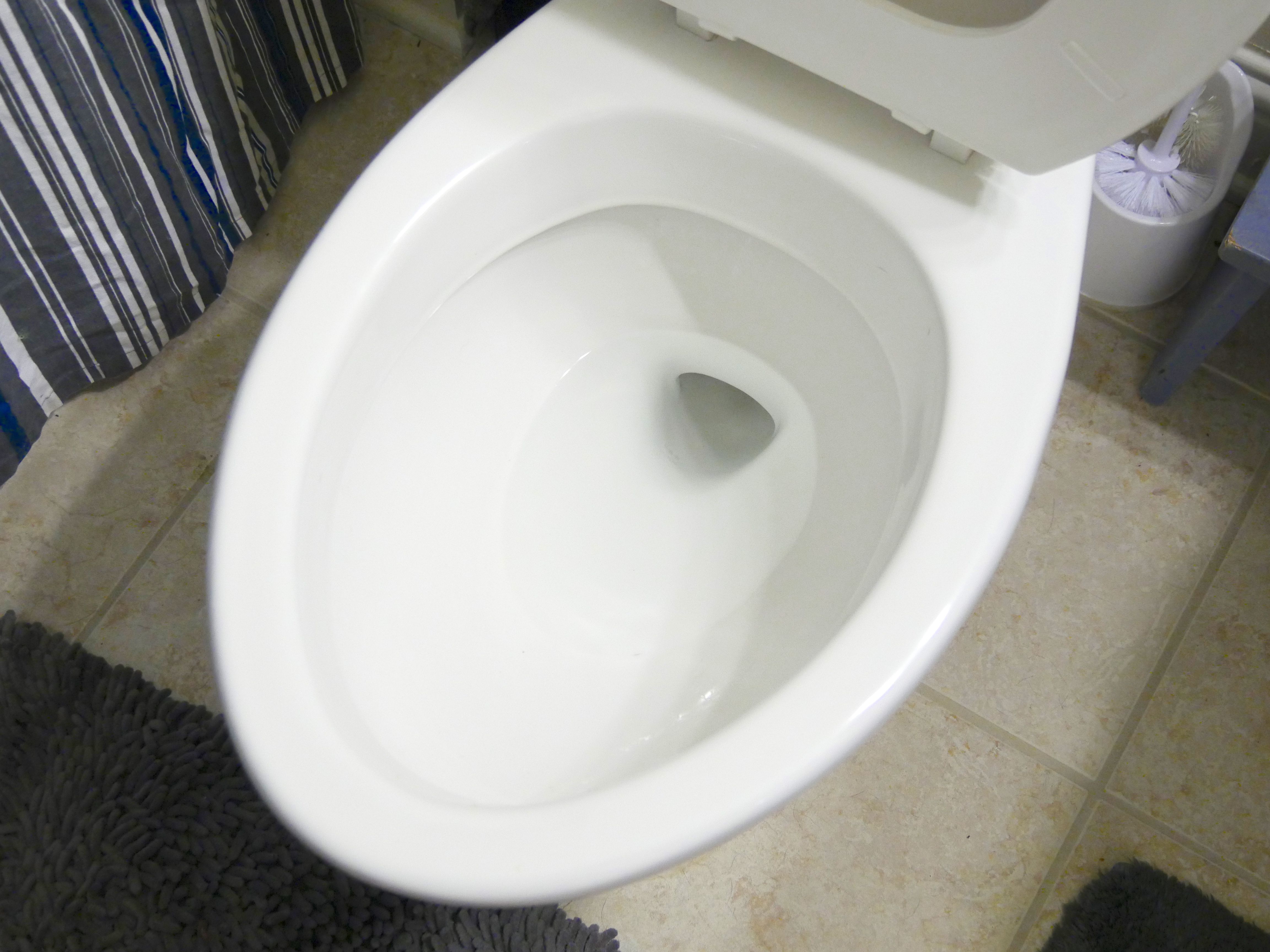Is your toothbrush covered in poop? Here's how to thoroughly clean it
Your toothbrush is gross. More than likely it's covered in bacteria, blood and saliva. And unless you're among the few civilized people who put the toilet seat down before they flush, it's also covered in poo. The reason? The sudden rush of water swirling around the toilet bowl stirs up a towering vortex of microscopic poo particles. This vapor then diffuses throughout your entire bathroom and eventually settles on every surface, including the bristles of your uncovered toothbrush.
 Is your toothbrush covered in poop? Here's how to thoroughly clean it Picture 1
Is your toothbrush covered in poop? Here's how to thoroughly clean it Picture 1
This phenomena, known as "toilet plume," was first detailed in a landmark 1975 study in the Journal of Applied Microbiology. Further research has confirmed that toilet plume spreads infectious aerosols throughout your bathroom, including the potentially fatal bacterium Clostridium difficile, or C. diff.
This, of course, raises the question: How do you de-poop your toothbrush? Thankfully, it's pretty easy to do away with the fecal matter. (And by the way, if you want to become extremely civilized, here's how you can make your own bathroom bidet.)
 Is your toothbrush covered in poop? Here's how to thoroughly clean it Picture 2
Is your toothbrush covered in poop? Here's how to thoroughly clean it Picture 2
3 ways to get the poo off
The American Dental Association admits there's little evidence to suggest bacteria on toothbrushes is likely to make you sick and the CDC concurs, although one recent study was able to detect the live SARS-CoV-2 virus in patients with COVID-19. ADA recommendations do, however, acknowledge the ick-factor and offer several ways to sanitize your toothbrush:
- Ultraviolet sanitizer devices: If you're comfortable using light to zap bacteria on your toothbrush, UV sanitizers available on Amazon cost anywhere from $11 for a portable device to $47 for a wall-mounted multi-brush cleaner.
- Soak it in hydrogen peroxide: For a less expensive solution, the ADA says a 3% solution of hydrogen peroxide has been shown to reduce toothbrush bacteria by up to 85%.
- Soak it in Listerine: According to the ADA, Listerine brand mouthwash will also kill up to 85% of the bacteria on your toothbrush, which may be the most convenient remedy if you already use Listerine.
- Absolutely do not do this: Whatever you do, do not put your toothbrush in the microwave or dishwasher, as high heat could melt or otherwise damage the brush.
 Is your toothbrush covered in poop? Here's how to thoroughly clean it Picture 3
Is your toothbrush covered in poop? Here's how to thoroughly clean it Picture 3
How to put poo in its place
Even though the thought of a post-flush tornado raining bacteria all over your bathroom might make you want to stuff your toothbrush in the nearest bathroom drawer, that's actually not at all what the ADA recommends. The best way to store your toothbrush, according to another meta-analysis, is upright, in a toothbrush holder, uncovered so it can air-dry.
That means, ultimately, that the best way to keep the toilet particles off your toothbrush and where it belongs is to close the lid on your toilet each time you flush.
For an outside-the-box solution to another common bathroom problem, check out our favorite method for unclogging a toilet when you can't find a plunger. Your bathroom isn't the only thing around you harboring bacteria, either -- your phone screen is disgusting, too, but you have to be careful how you clean it or you could end up damaging it.
And if you have any smart speakers in your home, take care not to damage them when you clean with our guide to cleaning Alexa devices and our other guide for degunking Google Home speakers.
You should read it
- How to set up Google Home, Mini and Max smart speakers
- What is Google Home? Should you buy Google Home?
- 6 ways seniors can use Google Home to make the COVID-19 quarantine easier
- Google Home: 5 strange but delightfully useful places to put your smart speaker
- Google Home: You won't regret changing these 5 settings
- Google Home Routines can be annoying. Here's how to avoid that
- My biggest 3 Google Home pet peeves and how to fix them
- My favorite trick for Google Home and how to find it
- How to turn old Android phones into smart speakers
- Every Google Assistant command you can give right now
- Review Google Home Hub: An indispensable device for a smart home
- The best smart home devices that aren't made by Amazon or Google
May be interested

How to check if your service provider is throttling your internet

The complete list of Alexa commands so far

Every Google Assistant command you can give right now

My favorite hidden Amazon Echo trick and how to find it

6 ways seniors can use Google Home to make the COVID-19 quarantine easier

Glass cleaning tools required for household use






 Covered Query in MongoDB
Covered Query in MongoDB 7 simple steps to make your laptop as clean as new
7 simple steps to make your laptop as clean as new How to use Clean Master to clean up, speed up Windows
How to use Clean Master to clean up, speed up Windows How to clean curtains
How to clean curtains Explore the process of researching and manufacturing masking salt, steaming of cajeput oil in Vietnam
Explore the process of researching and manufacturing masking salt, steaming of cajeput oil in Vietnam How to implement Clean Boot on Windows 10/8/7
How to implement Clean Boot on Windows 10/8/7